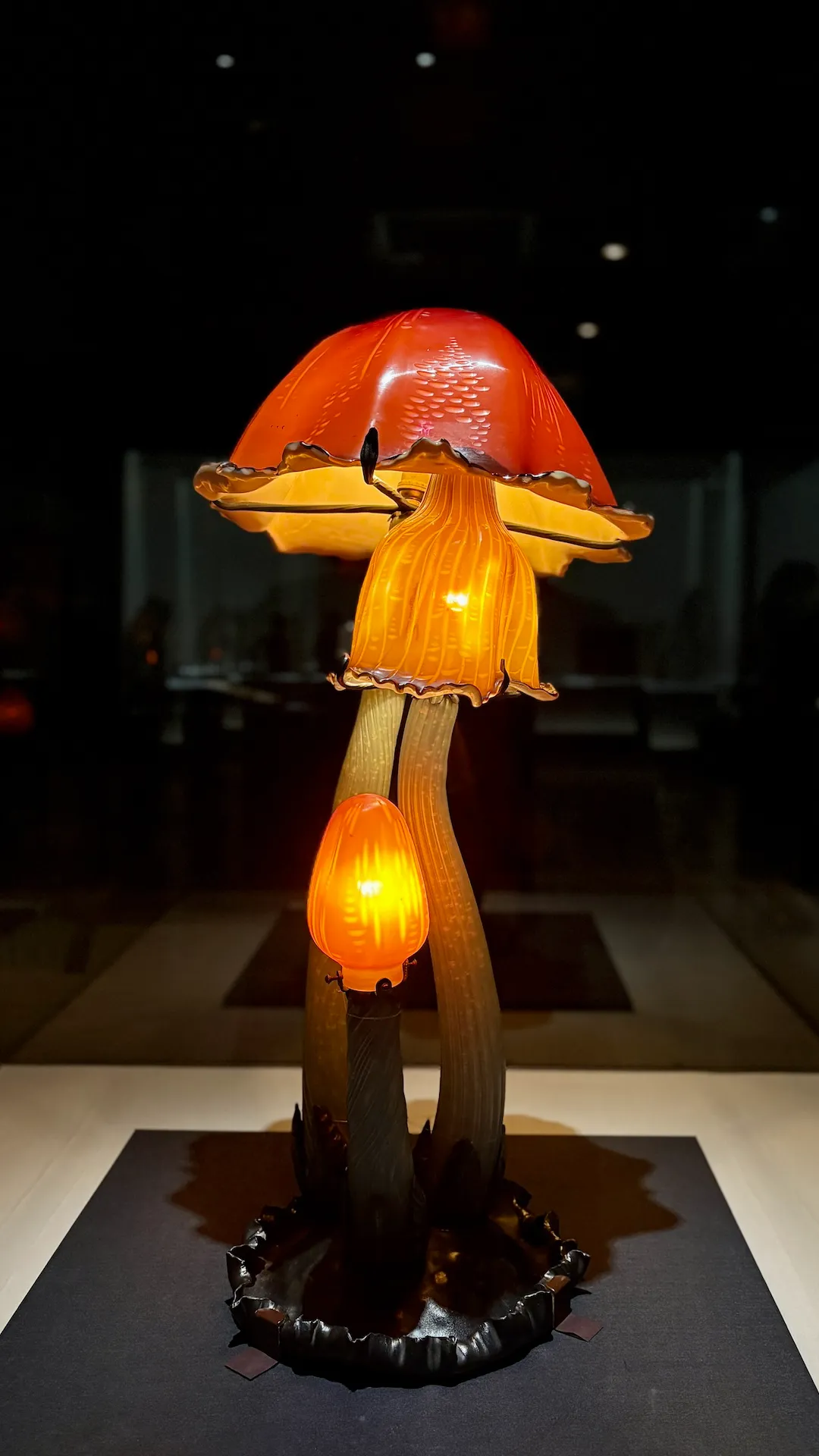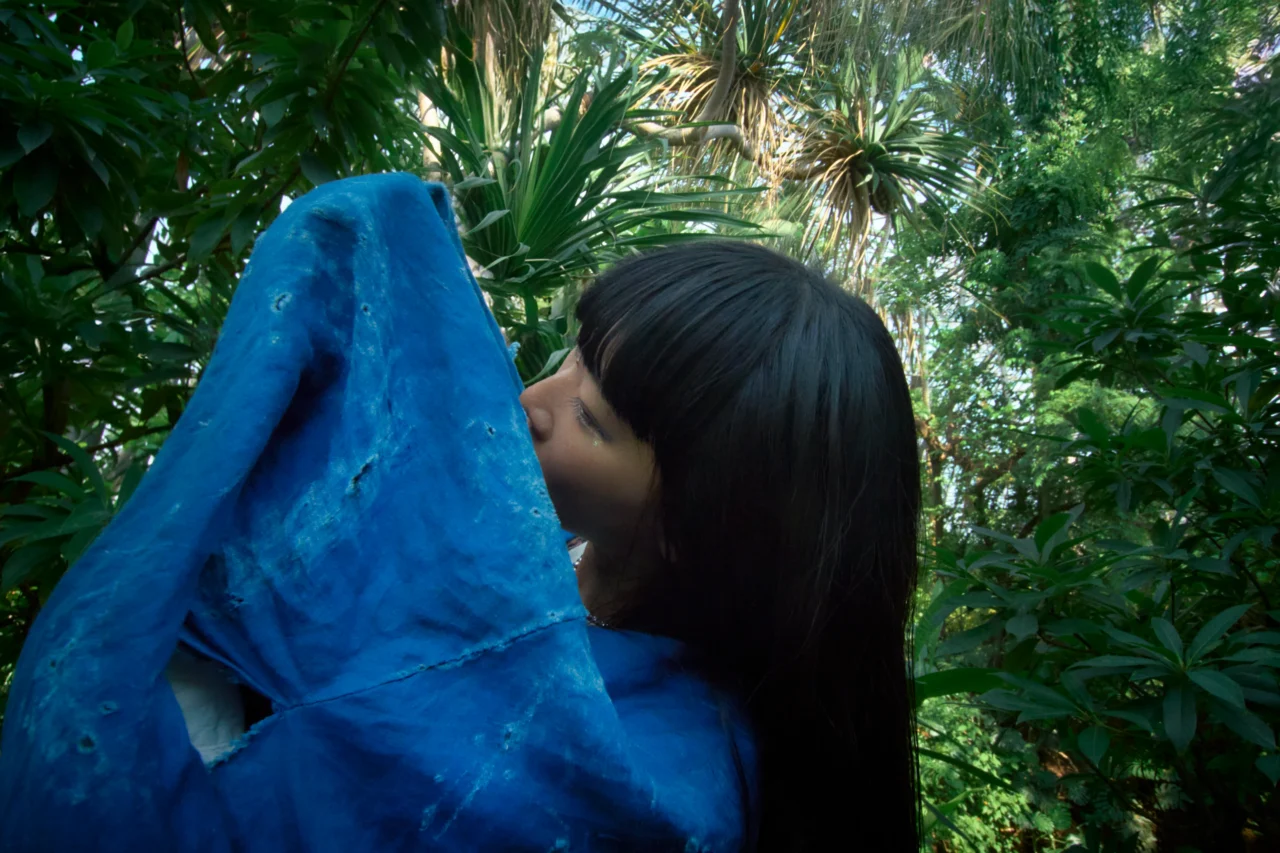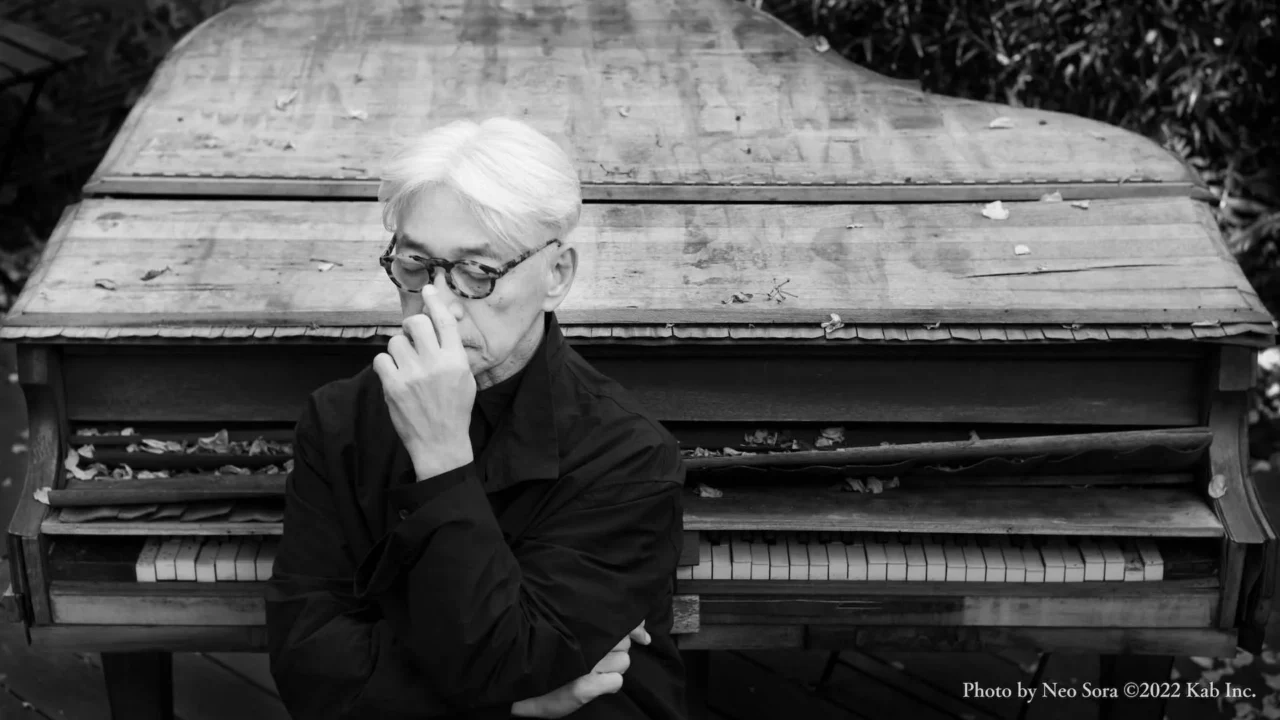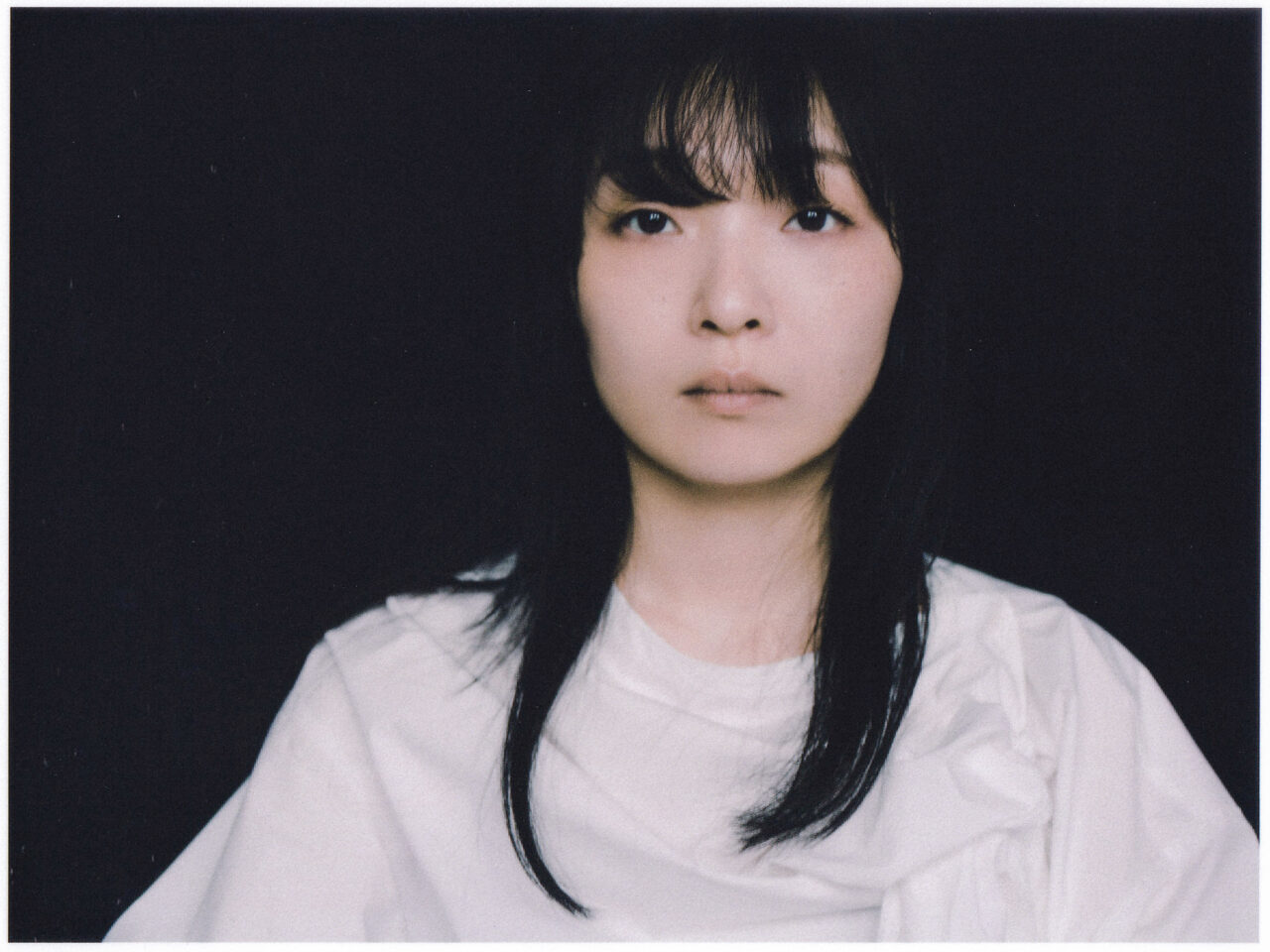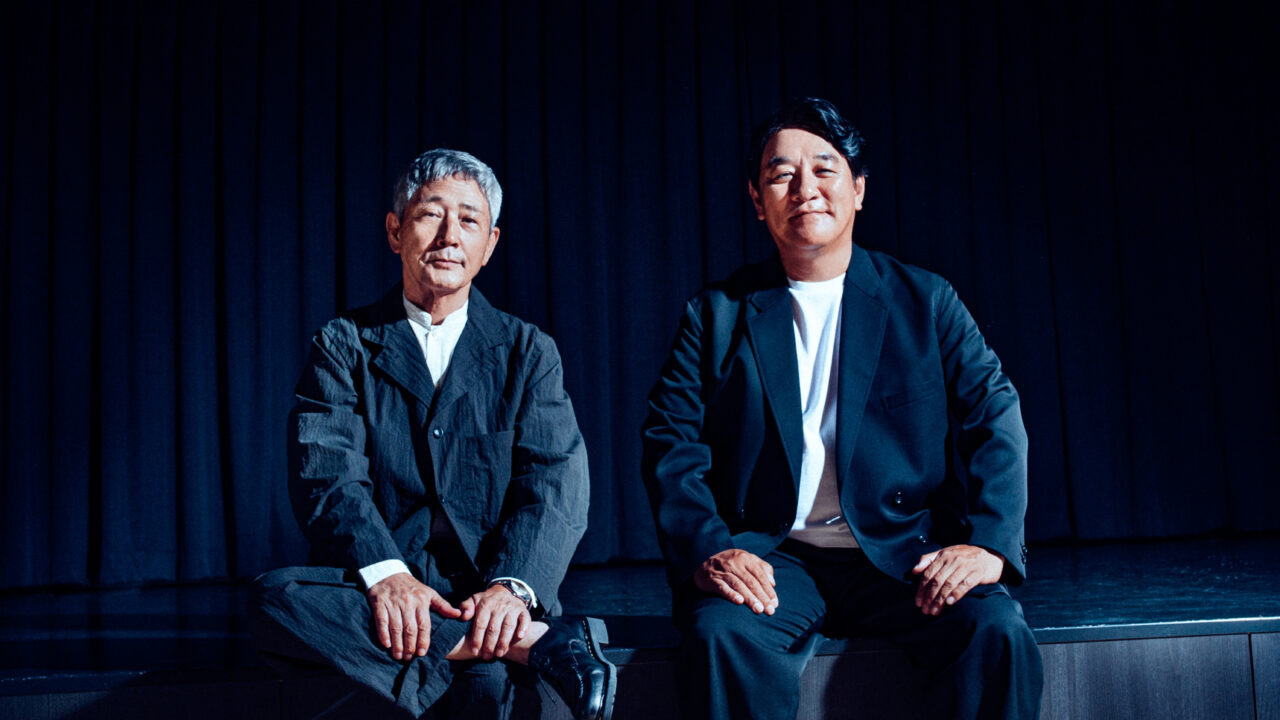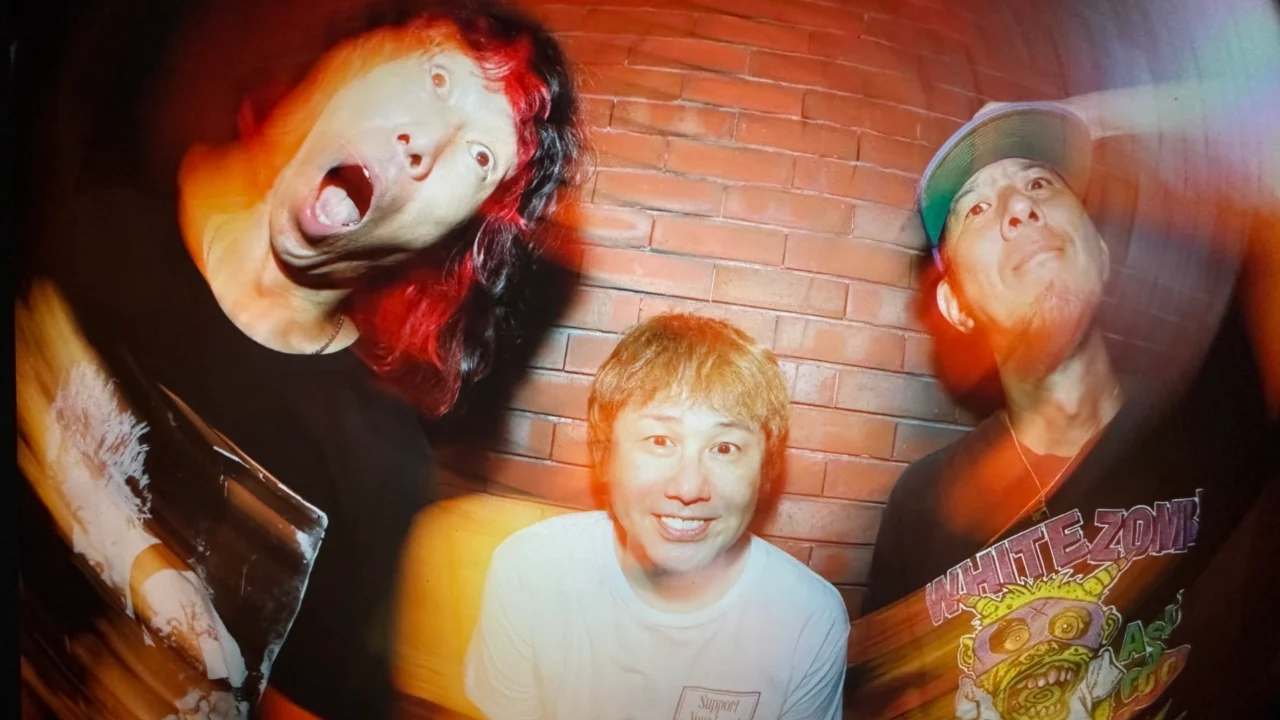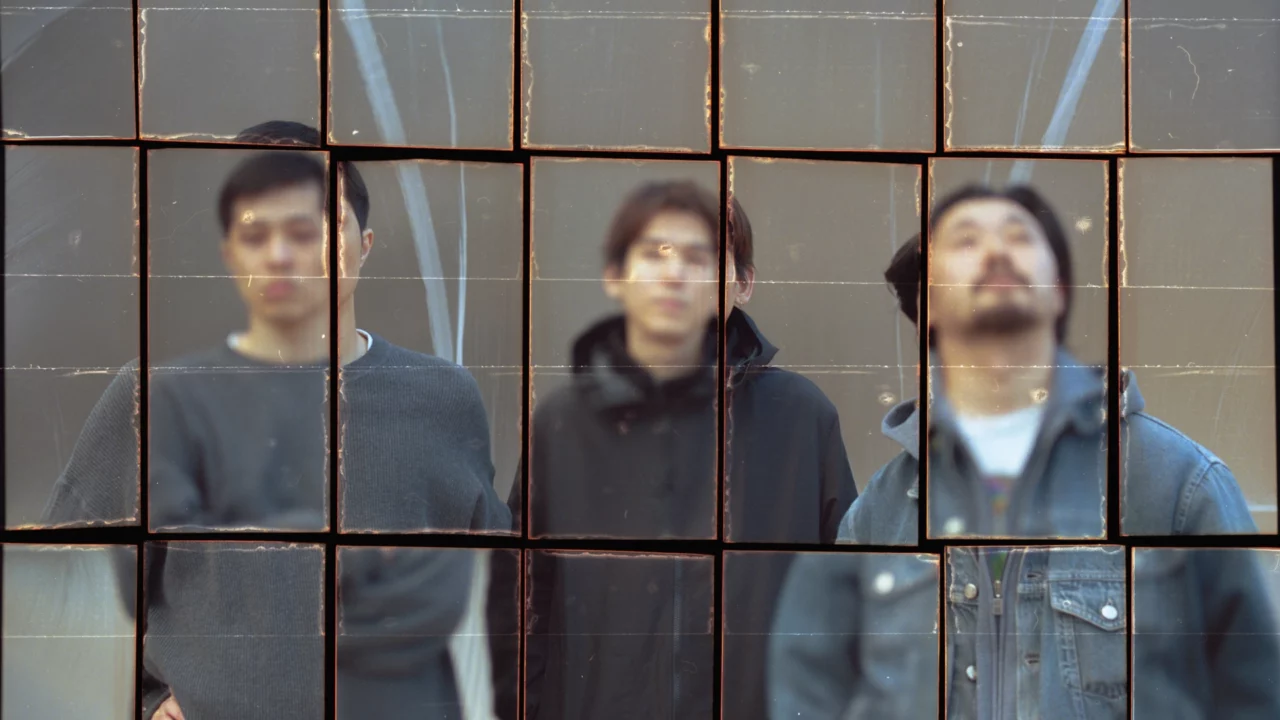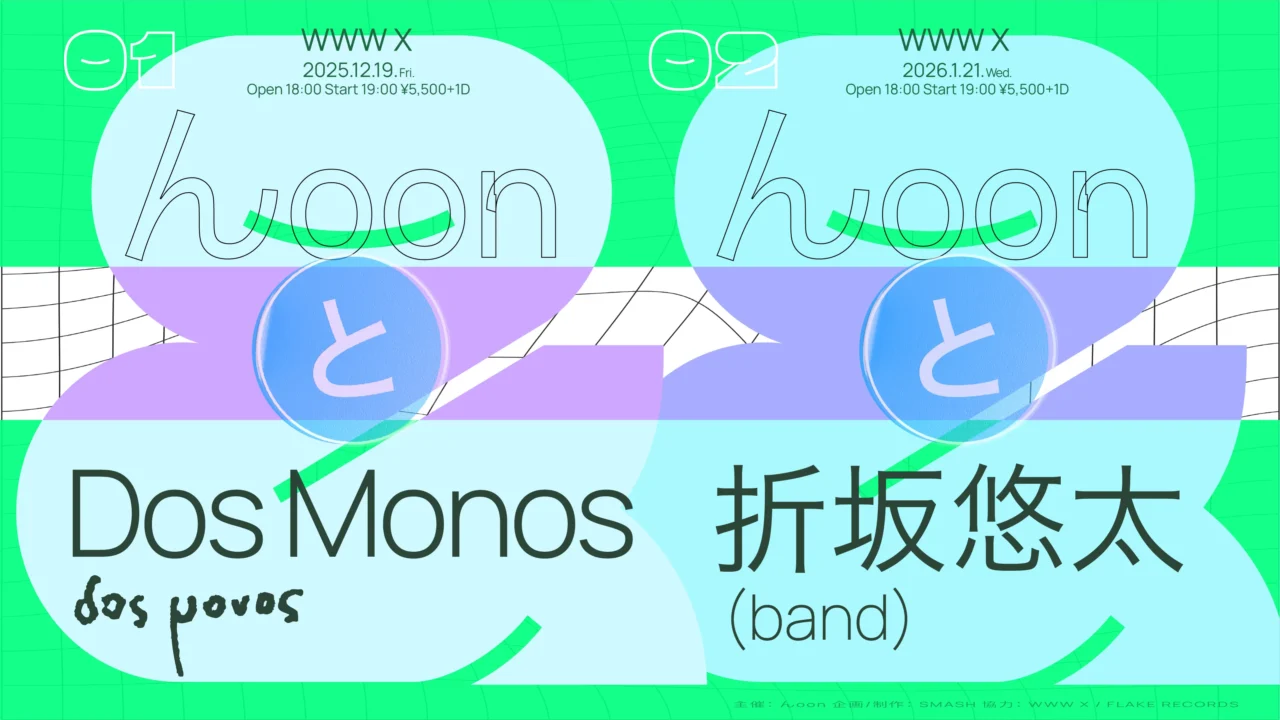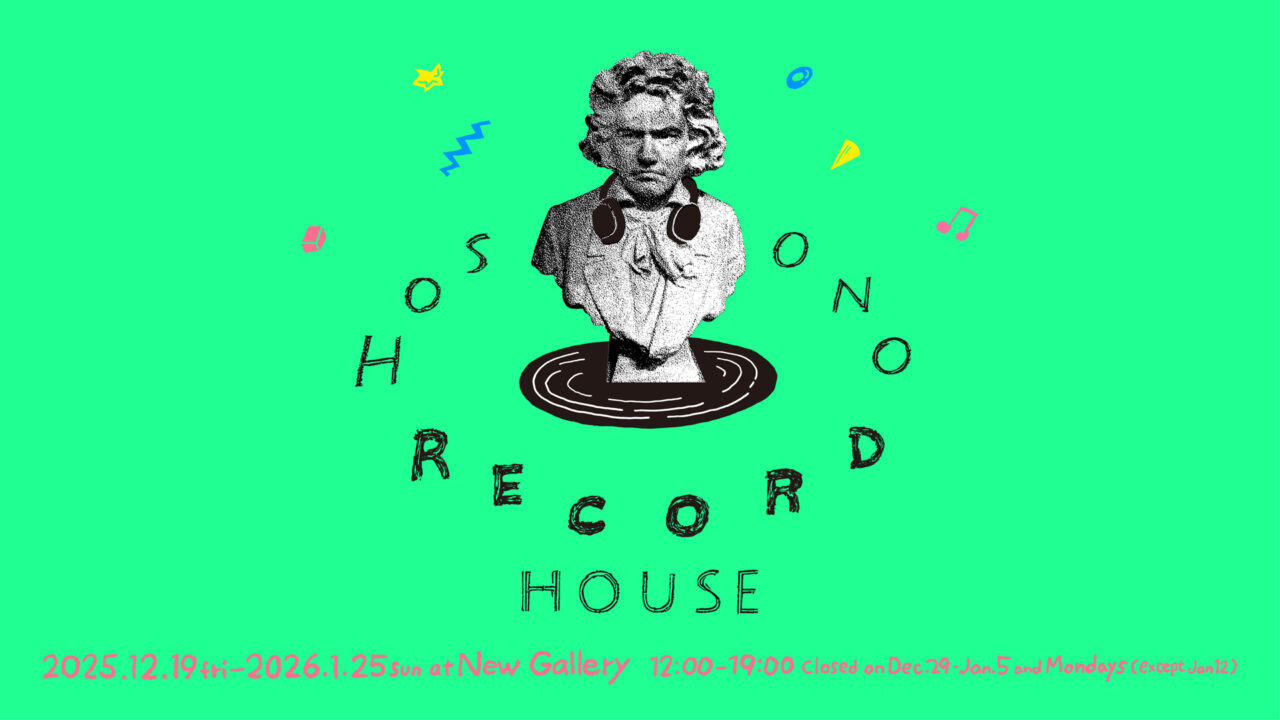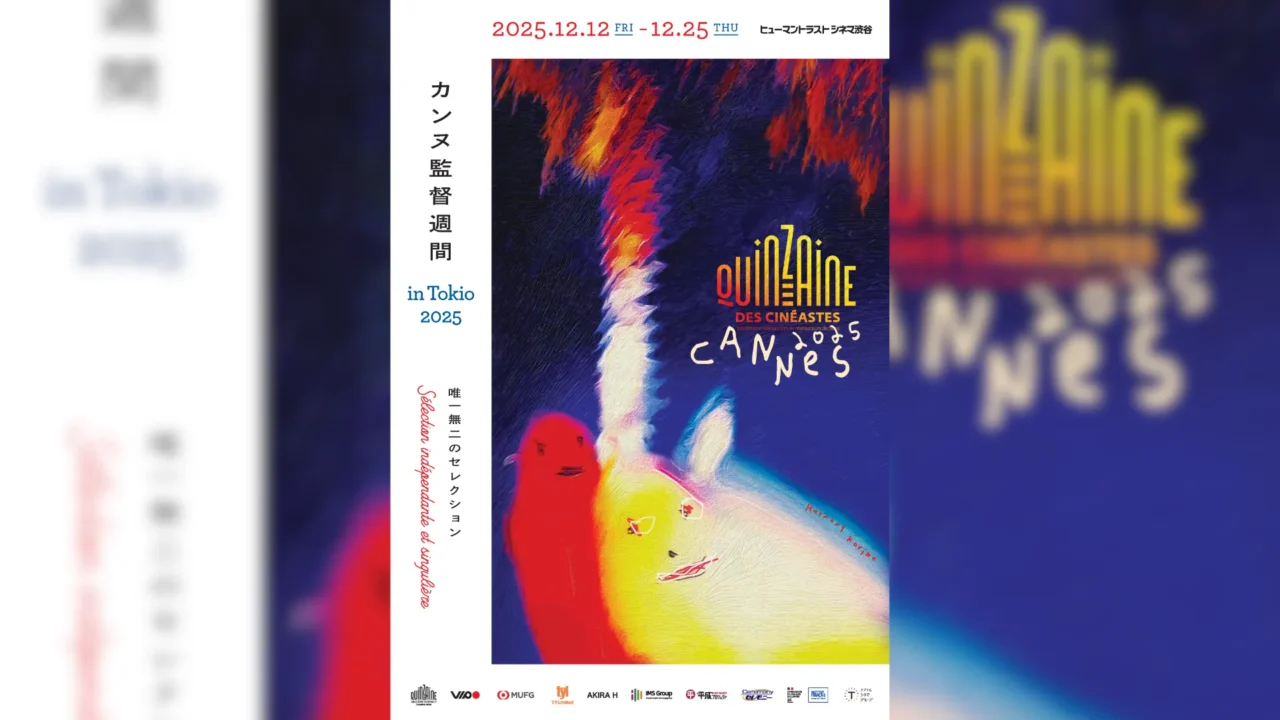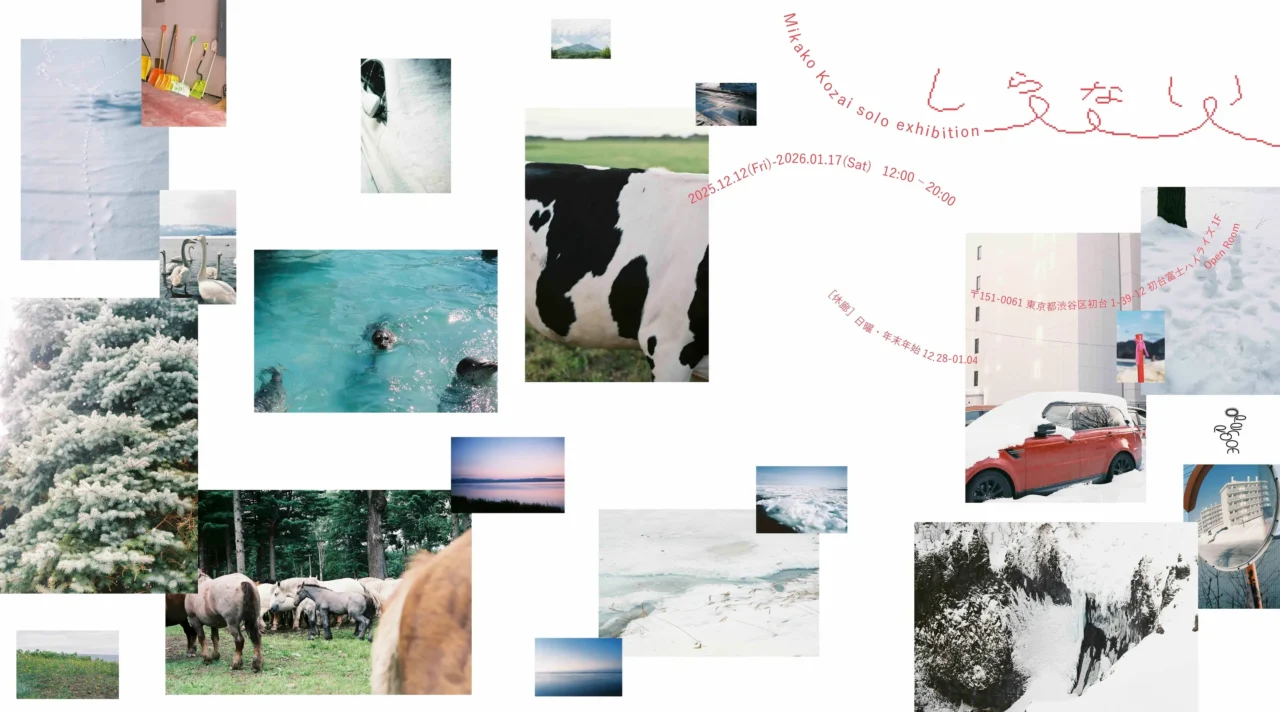INDEX
The Voice of ‘Speaking Glass’
In another column section, the connection between Gallé and Parisian high society, which blossomed based on his success at the expo, is highlighted. The meeting with Count Montesquieu, who played a crucial role in his networking, is also noteworthy. However, the work that stands out is the vase “Pelican and Dragon,” made using black glass.
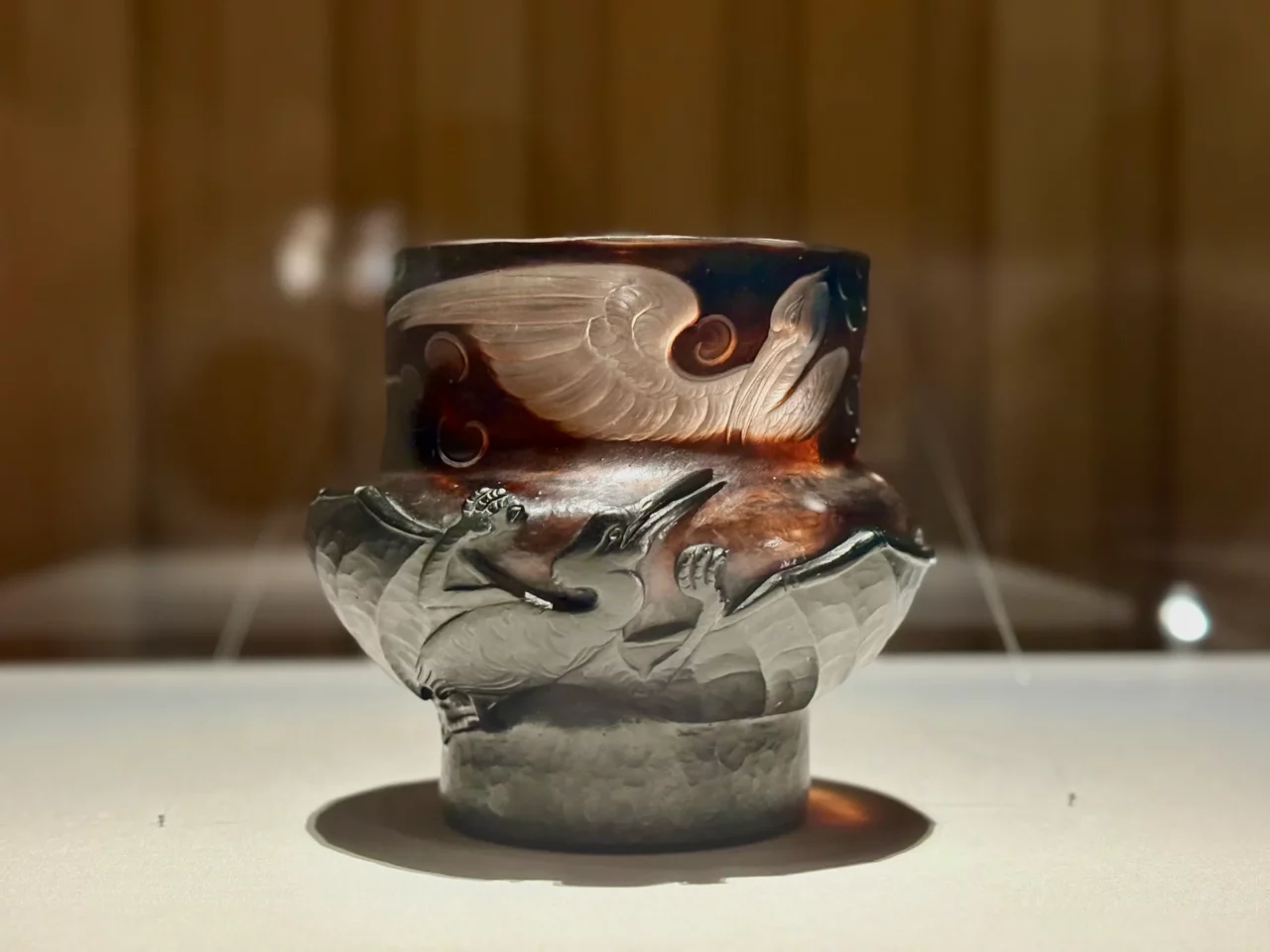
The motif is carved in white and black, contrasting light and darkness, good and evil. However, upon walking around the piece, one notices that the dragon is actually much larger than the pelican. The dark wings of the dragon spread out, enveloping the vessel, suggesting that evil’s power is overwhelming, while good seems to be the minority. Interestingly, Gallé dedicated a version of this work to William O’Brien and his wife, who were leaders of the Irish nationalist movement. This is something I learned for the first time at this exhibition, and it reveals that Gallé had a highly social and humanitarian side.
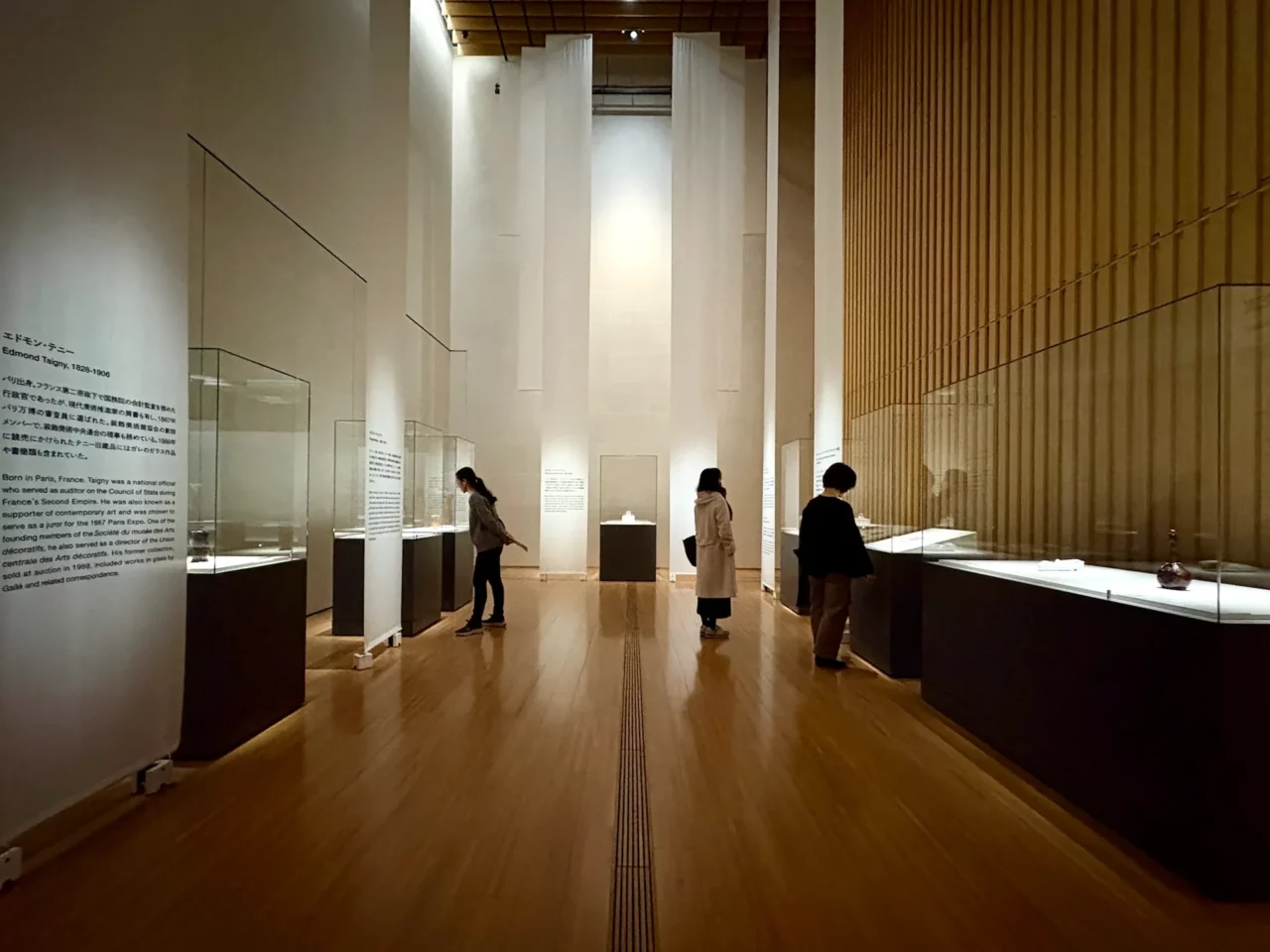
In 1894, between the Expos, the “Dreyfus Affair” occurred, a significant event in 19th-century France that divided public opinion. It might be difficult for us in modern-day Japan to imagine, but the case involved a Jewish officer who was imprisoned on charges of being a German spy. The controversy over whether he was guilty or innocent led many French citizens to publicly voice their opinions and engage in debates (the case was later concluded as a wrongful conviction in 1906). Gallé, from an early stage, supported Dreyfus, taking the stance that it was a wrongful conviction orchestrated by the military.
At the 1900 Paris Expo, Gallé expressed his stance more openly, creating several related works and using bold displays to make his position known. While his stance was well-received in Paris, it earned him strong opposition in his hometown of Nancy. Despite being a prominent artist of the region, Gallé reportedly found that no one would even greet him in public in Nancy. Ironically, in the same year as the Dreyfus Affair, 1894, Gallé had opened a one-stop manufacturing factory for his company in Nancy, solidifying his presence locally. His commitment to his beliefs and sense of justice was admirable, but it is easy to imagine that it must have been an incredibly difficult situation for him.
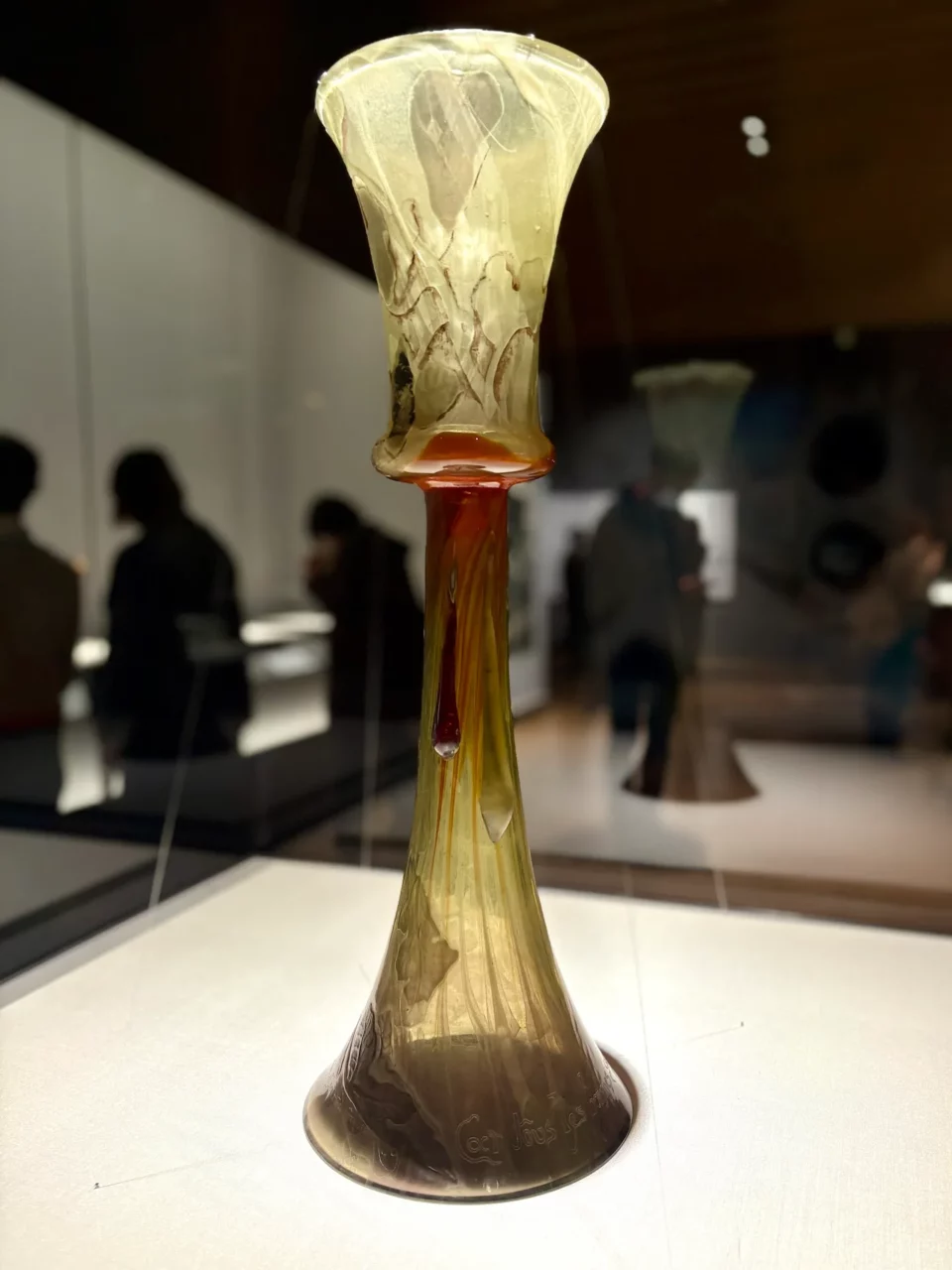
The chalice “Fig” displayed in Chapter 3 seems to embody Gallé’s humanitarian sentiments. A chalice is used in the Christian sacrament to drink the wine, which symbolizes the blood of Christ, sacrificed for the people. On the bottom of this chalice, a verse from Victor Hugo is engraved: “For all men are the sons of the same father. They are the tears that have fallen from the same eyes.” Two droplets, resembling tears, flow down the surface of the chalice. One of them is stained red, resembling blood. While both droplets fall from the same eyes, only one appears to bleed. Given the various symbolic meanings of figs in Christianity, it is impossible to definitively interpret the artist’s intent. However, the piece seems to ask: why must someone be sacrificed or why is only one harmed? This question seems to be voiced with sorrow and indignation. Gallé referred to his works, which incorporate verses and literary excerpts to resonate with meaning, as “speaking glass.”

